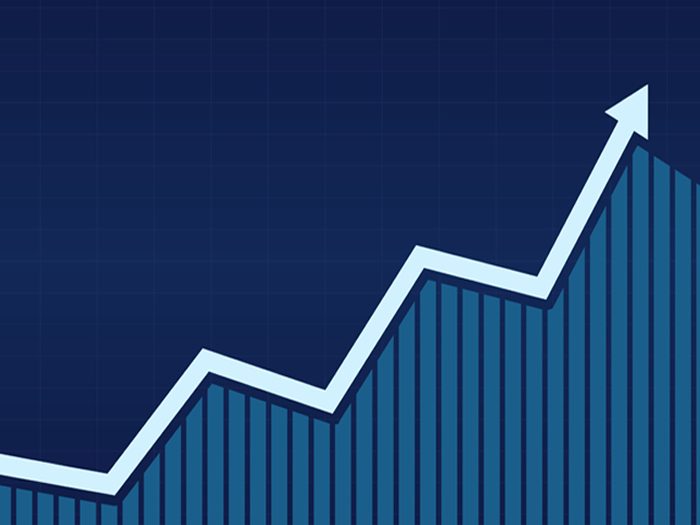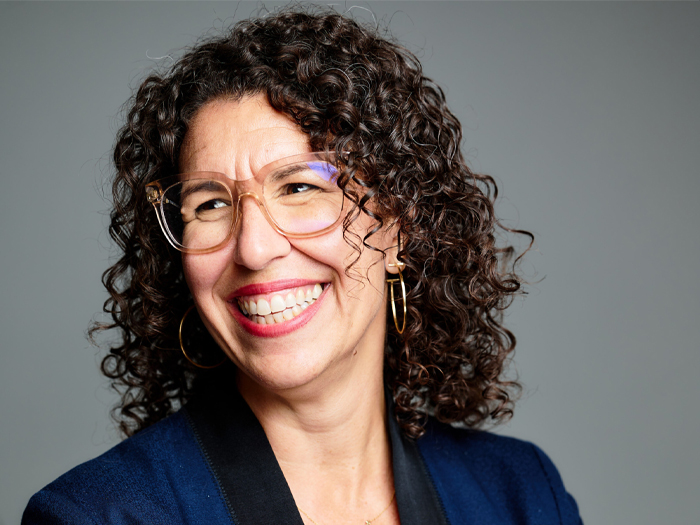5 Commercial Insurance Areas Set for Big Price Increases in the Remainder of 2019

From a historic wave of natural catastrophes to stunning aviation losses, 2019 has been a challenging year for commercial insurance.
The climate is leading to dwindling profits and dramatic rate increases across a number of different lines, according to a new mid-year report from USI Insurance Services.
Here’s a breakdown:
1) Property
Wildfires and hurricanes have led to property losses in excess of $80 billion in 2018 and $200 billion in 2017, according to the report.
In turn, property insurance rates are increasing by 10% to more than 40%, depending on the specific category.
“Carriers are pushing to drive rate and manage aggregate exposures by reducing natural catastrophe limits offered,” the report said. “This sweeping change is impacting rates, retentions and sublimits, with actual risk selection becoming a major part of the risk transfer process.”
Mary-Beth Hahn, risk management practice leader at USI, said: “We’ve had wildfires before. We’ve had hurricanes before. But not on the aggregate level happening so close together. In some cases, you had $25 million in losses and only paid $1 million in premium and it happened on multiple accounts. That takes a lot of the profit away.”
2) Aviation
The Boeing 737 losses from the Ethiopian Airlines and Lion Air crashes — as well as the planes being grounded for months in the U.S. — are crushing the aviation sector this year. In fact, it has “the potential to represent the largest non-war aviation loss in recent history,” according to the report.
That’s led to rate increases in aviation rate from 10% to 25% — and not just for airplane manufacturers and operators.
“It has secondary impacts on companies that service and work in that space,” said Hahn.
“If you’re a food provider, somebody servicing aircraft, those companies are impacted too. There’s been a trickle-down effect. Insurance companies are making sure that anybody who touches that world are having rate increases as well.”
3) Commercial Auto Liability
Profitability continues to be a problem in commercial auto liability, as distracted drivers and high-tech cars drive claims costs up.
Primary automobile liability with good loss history is up 5% to 10%; excess automobile buffers are up 15% to 20%; and international liability auto is up more than 15%.
“There’s so much more technology in a car that people are getting distracted,” said Hahn. “When you have a loss, you’re not just fixing, say, a plastic bumper. There are cameras and wiring, so the physical damage is higher and the verdicts are higher than in the past.”
Meanwhile, profitability issues persist for commercial automobile underwriters and “primary markets continue to shrink from writing this coverage and lead umbrella insurers are requiring higher primary auto attachments of $2 million per accident for insureds with fleet sizes of 500 or lower with potential higher attachments for larger fleets,” the report said.
4) Primary General Liability and Umbrella/Excess Liability
Liability is seeing plenty of rate cost drivers, like multiple years of soft markets and high jury verdicts.
That’s “creating an environment where premium rates are not adequate to absorb long tailed liability costs resulting in an insufficient return on surplus for numerous insurance companies,” according to the report.
The problem gets compounded as insurers reduce term limits “from an average of $25 million to $10 million/$15 million with no corresponding rate decrease in the price per million dollars of coverage,” the report continued.
“In other words, the premium an insured was formerly paying for a lead $25 million is now the same premium for a $10 million or $15 million lead.”
During the first half of 2019, the market saw 5% rate increases for primary general liability and 10 to 15% increases for lead umbrellas.
“For the remaining calendar year, we expect the situation to intensify. For primary general liability, we expect that more guaranteed cost or low deductible programs will have to consider higher retentions in order to reduce rate. Primary limits of liability for many insureds may also have to increase to accommodate the lead umbrella insurer’s minimum attachment point requirements,” the report said.
5) Public Company D&O
Public company D&O has become a sellers market as most clients have seen 10% to 15% premium renewal increases in Q1 2019.
“The main driver is simply increased loss costs eroding insurer profitability,” according to the report.
“More companies are getting sued for securities claims than ever before and post-Cyan, shareholder claims are now being prosecuted in both state and federal courts which is driving up defense expenses. 441 companies were named as defendants in federal Securities Class Action lawsuits in 2018 which is roughly twice the historical norm.”
Plus, public outcry over things like the opioid crisis are playing a factor.
Tufts University, which accepts donations from the Sackler family (owners of Purdue Pharma) saw protesters perform a Virtual Spoon Drop, plopping an 800-pound opioid spoon sculpture on the premises. It’s just one example of how D&O cases have become far more publicized.
Hahn said: “Typically the general public would never know or hear about D&O suits” but the protest and publicity creates a wider knowledge — helping to drive up public company D&O rates.
Combat Rate Hikes by Getting Your Story (and Data) Straight
To fight rate hikes, it’s crucial to work with carriers and brokers on a far longer timeline and insure your presenting the best data possible.
Also, your story needs to be straight. If you have a record of great safety, say so. If you experienced terrible losses but made wholesale changes to your processes, say so. In this climate, your story and data points need to hit the mark — so prepare accordingly.
“If you think things can be done last minute and without great data,” said Hahn, “you’re not going to get the benefit of best-in-class and terms and conditions, pricing and coverages.” &










